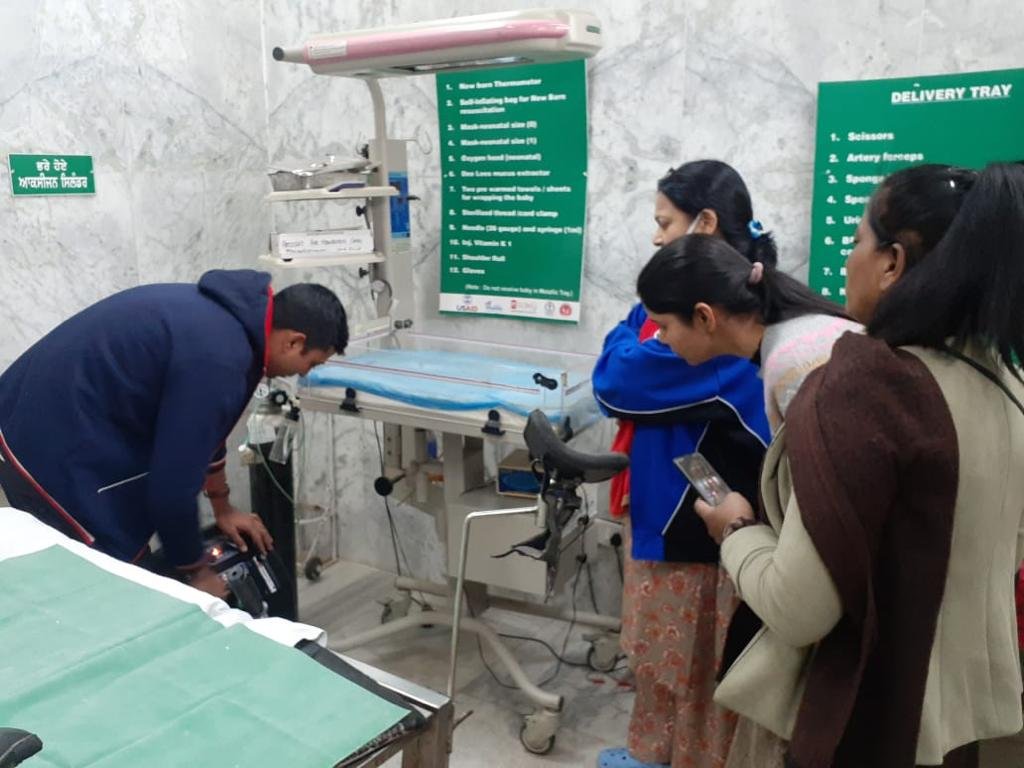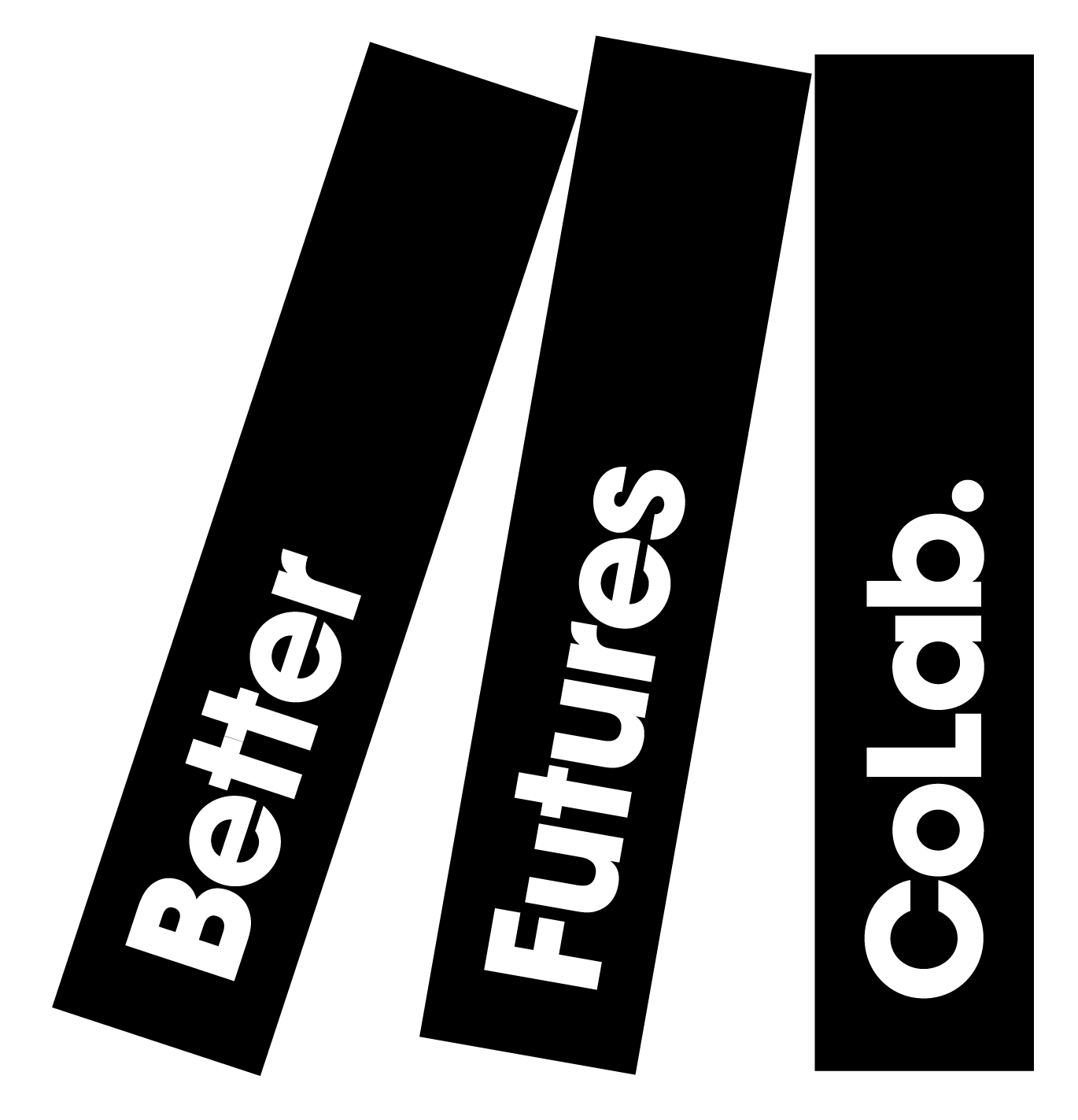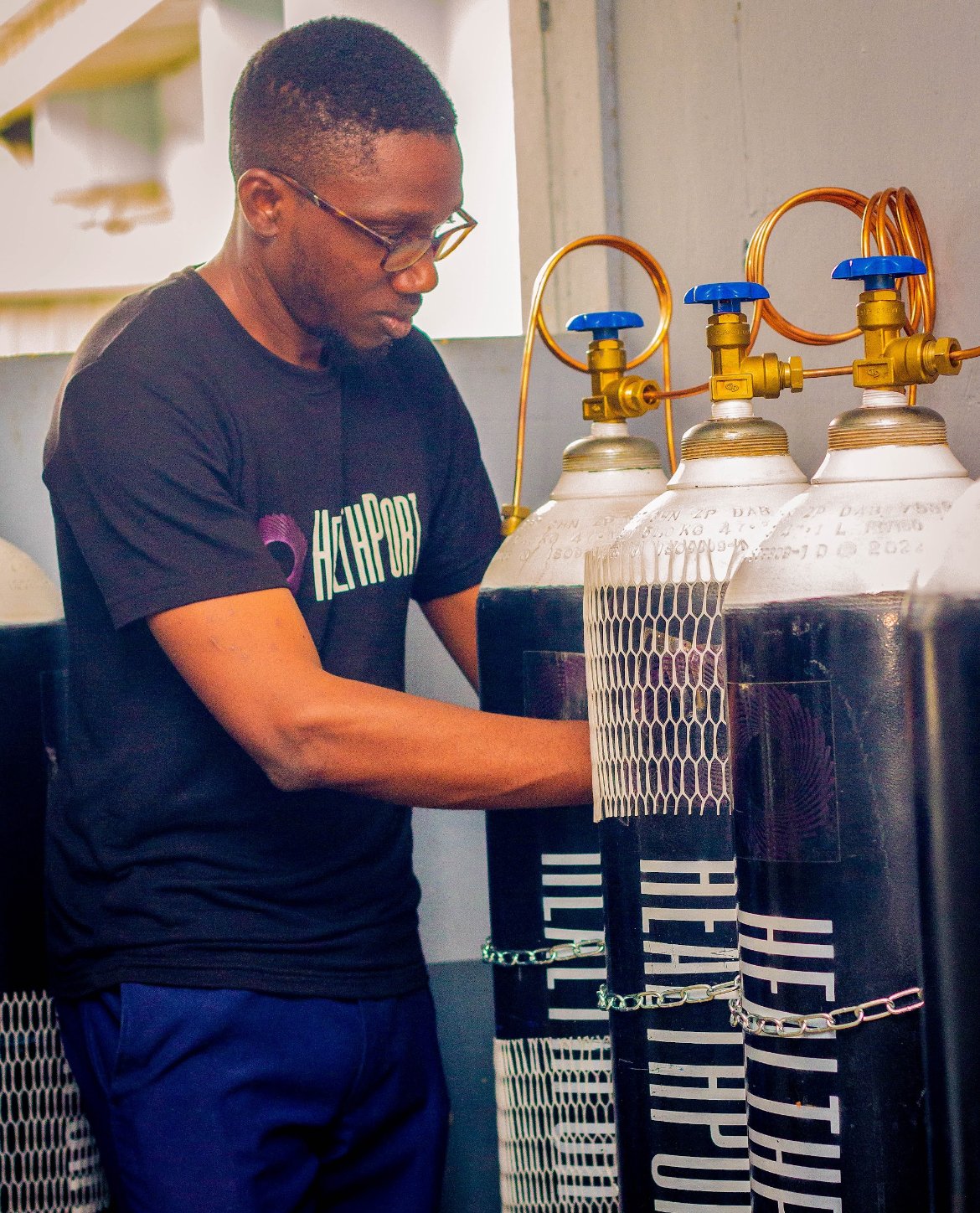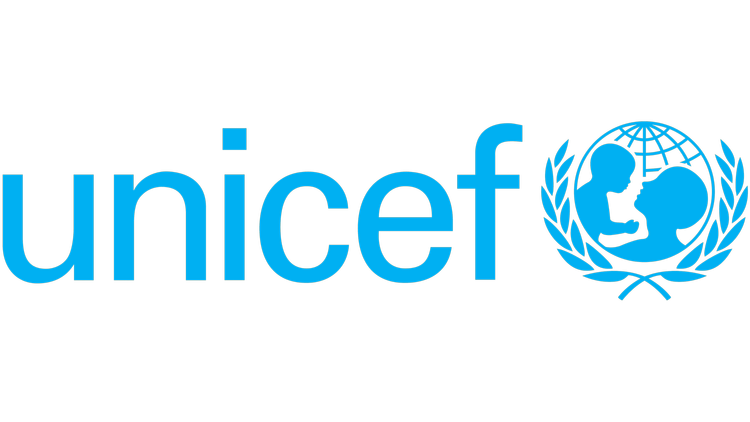Oxygen-as-a-Service
We are testing Oxygen-as-a-Service models which allow health facilities to pay vendors for oxygen availability, rather than purchasing equipment outright, through a portfolio of on-the-ground pilots.
Services-based purchasing models for oxygen could tackle the unique challenges faced by facilities at lower-levels of care
Improving products alone will not increase access to oxygen in low-resource contexts: machines break or may be used incorrectly. Alongside product innovation, since PATHs 'Oxygen as a Utility' Report in 2020, there has been a recognition that there is potential for service model innovation to break the cycle of technologies ending up in equipment graveyards. Oxygen-as-a-Service (O2aaS) models are emerging as an innovative solution tailored to the oxygen access challenges present in under-resourced settings. Rather than just selling equipment, services-based models provide integrated solutions bundling concentrators with cylinders, pulse oximetry, maintenance, training, and technical support. Health facilities pay recurring fees based on service delivery outcomes, not capital assets.
Just as with electricity or water, governments and/or facilities pay for oxygen as a reliable utility. If something breaks (as it often does), suppliers are responsible for fixing it. The management and functioning of the oxygen system is the supplier's sole responsibility, so that health workers can focus on delivering quality healthcare. By externalising maintenance and costs, these models can overcome many of the limitations of traditional purchasing (upfront cost, unpredictable cost, skill gaps, etc). Therefore we believe they hold immense potential for closing oxygen access gaps and preventing unnecessary deaths in low-resource settings.
Our Oxygen-as-a Service portfolio: testing services-based models across different contexts
Oxygen CoLab is investing in a portfolio of 5 ‘Oxygen-as-a-service’ initiatives to explore sustainable ways to increase access to reliable and affordable oxygen in low resource settings.
Alongside funding Oxgen-as-a-service pilots, we are also providing hands-on technical support to help them to iterate their model and grow across facilities, regions and countries.
All of these initiatives are all providing tailored service based models providing access to oxygen to facilities in different countries and contexts. Each has a number of variables from the price of oxygen, to demographic disease burdens, fiscal autonomy over health budgets and existing infrastructure such as power, oxygen supply and roads.
Where our portfolio is implementing O2aaS
What are the different models these initiatives are testing?
Explore our Oxygen-as-a-Service Pilots
-

ICChange
Solar-powered oxygen delivered through a hub & spoke model in Uganda
-

Mediquip
Tiered subscription service providing Oxygen-as-a-Service to facilities in Kenya here
-
HealthPort
On-site solar-powered oxygen generation and a hub-and-spoke cylinder distribution to facilities in Nigeria.
-

FREO2
Shared cost model or subscription fee-based model providing O2aaS, alongside a hub-and-spoke maintenance model in Tanzania
-

Sanrai
Providing oxygen-as-a-Service to facilities in India
Building evidence for informed decision making
We also know that this portfolio is more than the sum of their parts. That is why we are also building evidence about the portfolio as a whole. We are seeking to understand and articulate generalisable insights about what different types of O2aaS model works where, so that decision makers globally can make informed decisions about how to increase access to oxygen in low-resource settings. You can read more about that here in our Evidence into Action section.
How it fits together - comparing the Oxygen-as-a-Service models in our portfolio
LATEST NEWS










